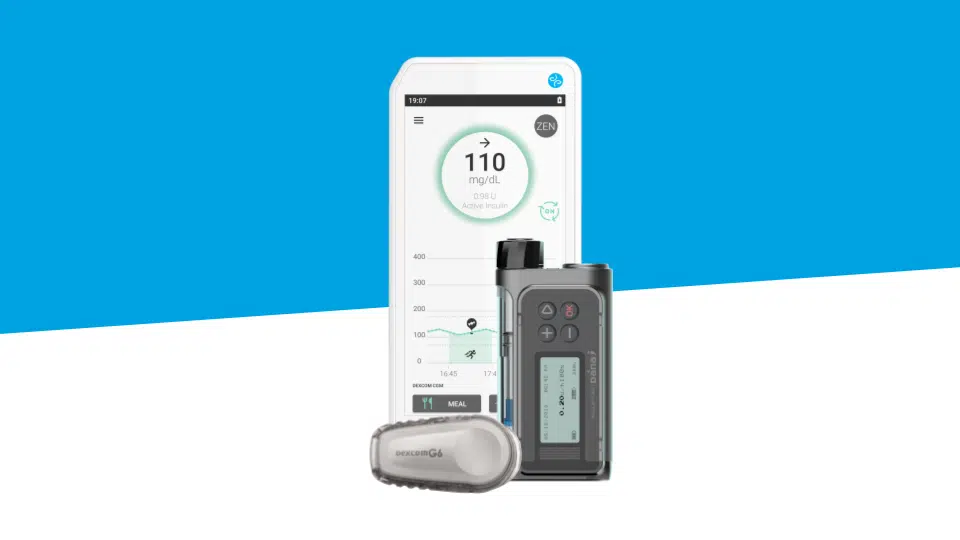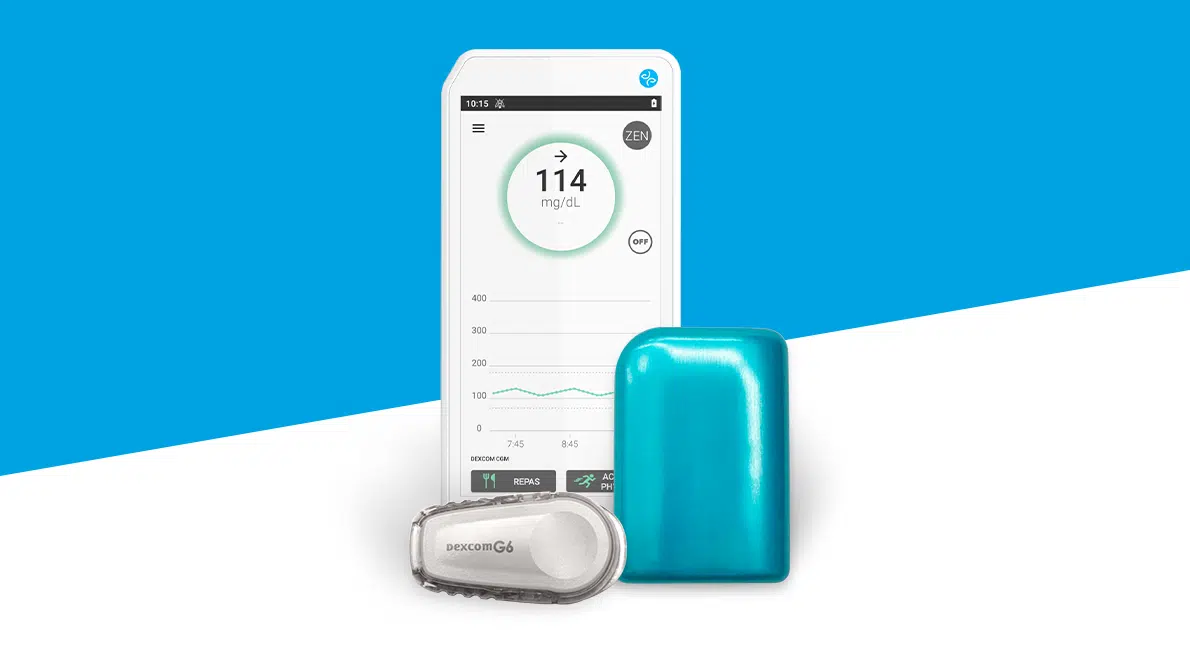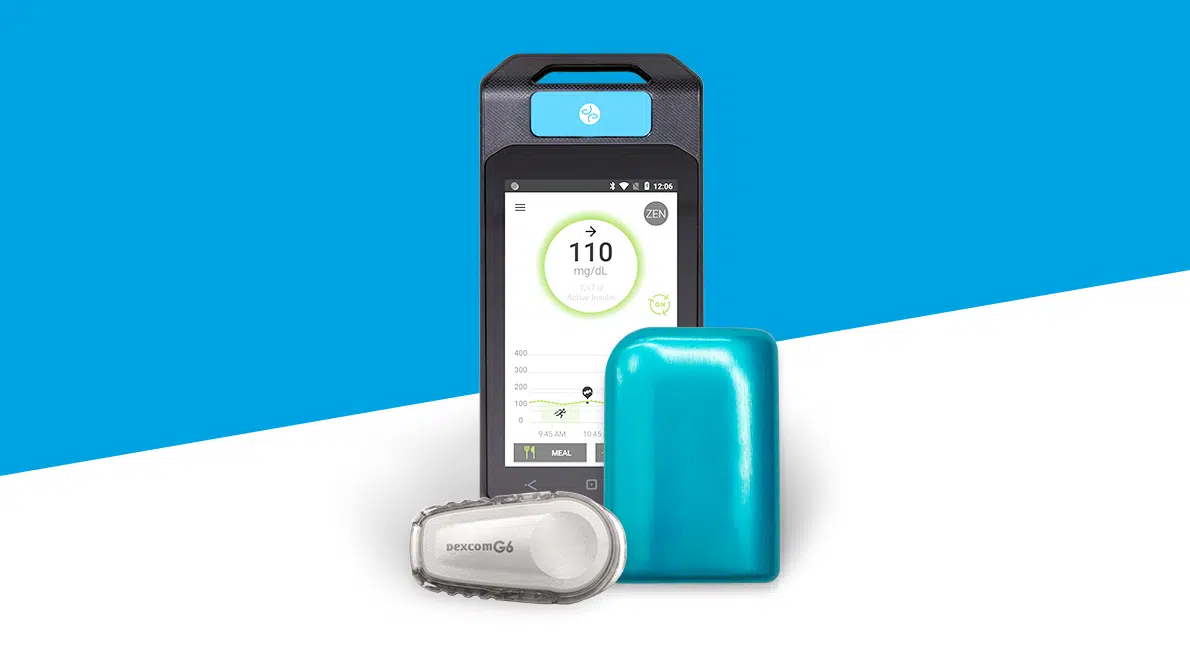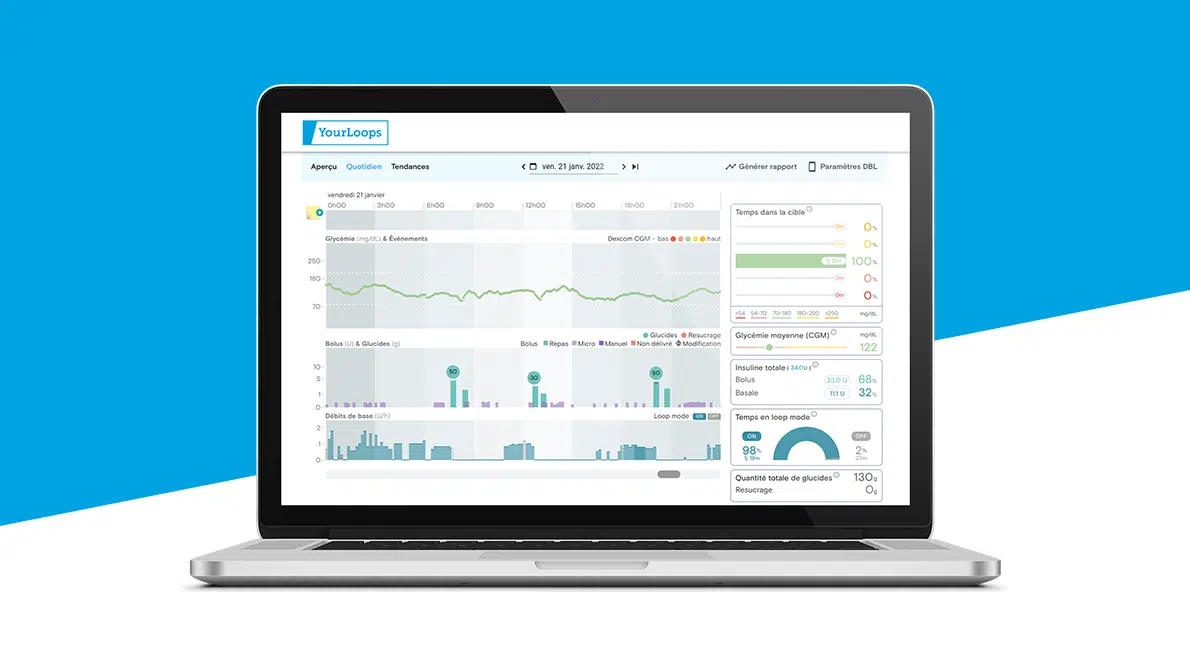
Acne, Rash and Skin Conditions Related to Type 1 Diabetes
Sometimes we don’t realize the effects diabetes can have on our health and on different parts of our body. Do you suffer from itchy or dry skin (legs, feet, hands, etc.), acne, or repeated fungal infections? Maybe your diabetes is the culprit! You might also have experienced skin rashes if you are living with Type 1 diabetes. Read on to learn about the main skin problems that can be associated with T1D, their causes, warning signs, as well and possible prevention and treatment.
Type 1 Diabetes and Rash
One of the skin conditions related to unbalanced blood sugar management, when living with Type 1 diabetes, is skin rash. These rashes can affect different parts of the body (legs, feet, but also hands, neck, shoulders, etc.) and have various appearances depending on the cause – yellowish, reddish, darker, hardened skin, blisters, etc1.
To prevent such skin rash if you have Type 1 diabetes, it is essential to maintain balanced glucose levels and talk to your health specialist to check if your treatment – whether insulin doses or other medication – needs some adjustments.
Type 1 Diabetes and Acne: The Impact of Blood Sugar
The link between nutrition and acne has been investigated in numerous studies2. As a result, a high-sugar diet – and therefore high blood sugar (hyperglycemia) – has been linked to a greater risk of acne. Type 1 diabetes increases this risk, especially when diabetes is not well managed.
Poorly controlled diabetes during adolescence, when pre-teens and teens sometimes find it difficult to accept their insulin treatment, may therefore cause more severe acne. And this acne may persist beyond the teenage years due to the hormonal problems that diabetes can cause (hormonal fluctuations, low and high glucose levels, etc.).
In the prevention of T1D-related acne, maintaining a healthy diet is important. Watching what you eat, as well as your diabetes, can help ensure balanced glycemia and limit these effects.
Type 1 Diabetes and Itchy or Dry Skin
Another skin condition related to diabetes is dry skin, especially if T1D is not properly managed – often on the lower legs and feet. The reason for this is dehydration due to elimination of excess sugar in urine.
This dryness can in turn result in itchy skin. Type 1 diabetes is also linked to problems with blood circulation, which can also cause itching, especially on the skin of the legs and feet.
To prevent dry and itchy skin, try to stay hydrated by drinking lots of fluids and moisturizing. You can also seek support from your doctor or a dermatologist.
Read more: Diabetic Foot: A Potential Complication Of Diabetes
Type 1 Diabetes and Infections: Opportunistic Bacteria
Various types of infections can affect the skin. These very common infections are more frequent in people with Type 1 diabetes, due to their weaker immune systems and dry skin. Consequently, they are at higher risk of developing styes, boils, folliculitis, or nail infections. These infections are frequently caused by bacteria from the Staphylococcus family.
To avoid these types of infections, it is essential to look after your skin:
- Be careful to avoid cuts, grazes, and wounds,
- Check regularly itchy areas and minor lesions, especially on the feet (such as blisters).
Diabetic Foot: A Dreaded Skin Problem When Living with T1D
One of the most feared skin complications related to Type 1 diabetes is a condition called “diabetic foot”. This can develop if a skin lesion goes unnoticed. Very often, a number of other unfavorable factors are also present:
- Reduced sensitivity in the foot,
- Poor vascularization of the foot,
- Immunosuppression,
- Delayed healing,
- And, sometimes, infection.
As a result, these types of wounds are particularly difficult to treat, especially in older people living with diabetes. However, younger generations of people living with Type 1 diabetes have a lower risk of developing this skin complication, thanks to greater awareness of the problem and better overall management of diabetes.
Fungal Skin Infections and Vaginal Yeast Infections
Dry skin and mucous membranes, raised blood sugar levels and lowered immune defenses all combine to create the ideal conditions for fungal growth, also called mycosis.
Skin folds (such as the armpits and groin area) and the vagina are particularly vulnerable to fungal infections. Type 1 diabetes can cause vaginal dryness and, consequently, disrupt the natural balance of the microbiota, promoting the development of fungal or yeast infections, like thrush. Vaginal dryness and yeast infections can adversely affect a patient’s quality of life, especially sexual relationships.
Fortunately, a number of treatments are available to reduce the impact of this problem on everyday life. If you notice warning signs of such infections, do not hesitate to consult your doctor or gynecologist.
Read more: Type 1 Diabetes: How Does It Affect Women’s Sex Lives?
More Complex Skin Problems Related to Type 1 Diabetes
Type 1 diabetes may be associated with other autoimmune diseases. For the skin, these include vitiligo, a skin disease in which antibodies destroy melanocytes, the pigmentation cells that give the skin its color.
Read more: Autoimmune Diseases Associated With Type 1 Diabetes
1Cleveland Clinic, Diabetes Rash & Other Skin Conditions, https://my.clevelandclinic.org/health/articles/12176-diabetes-skin-conditions





